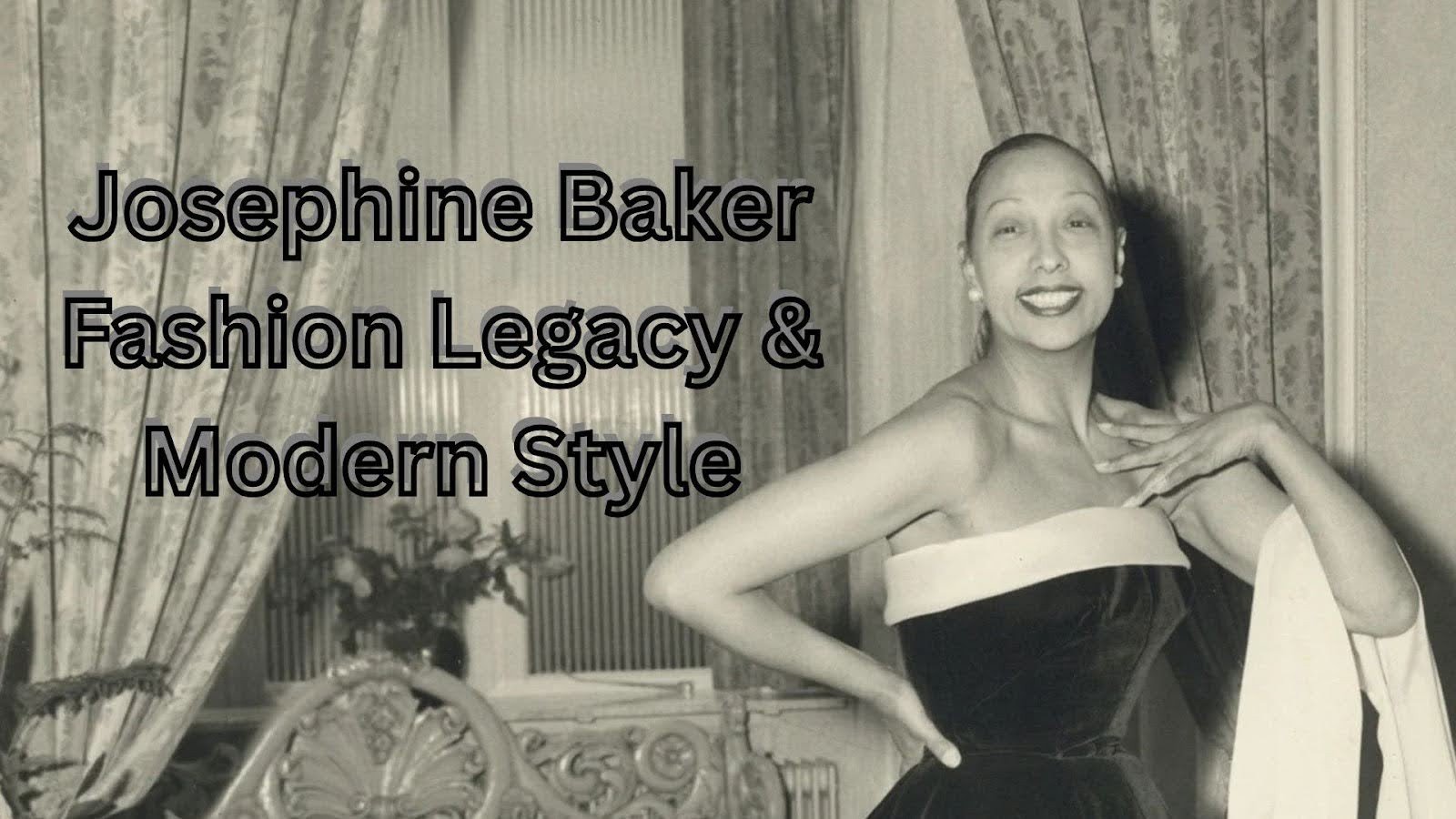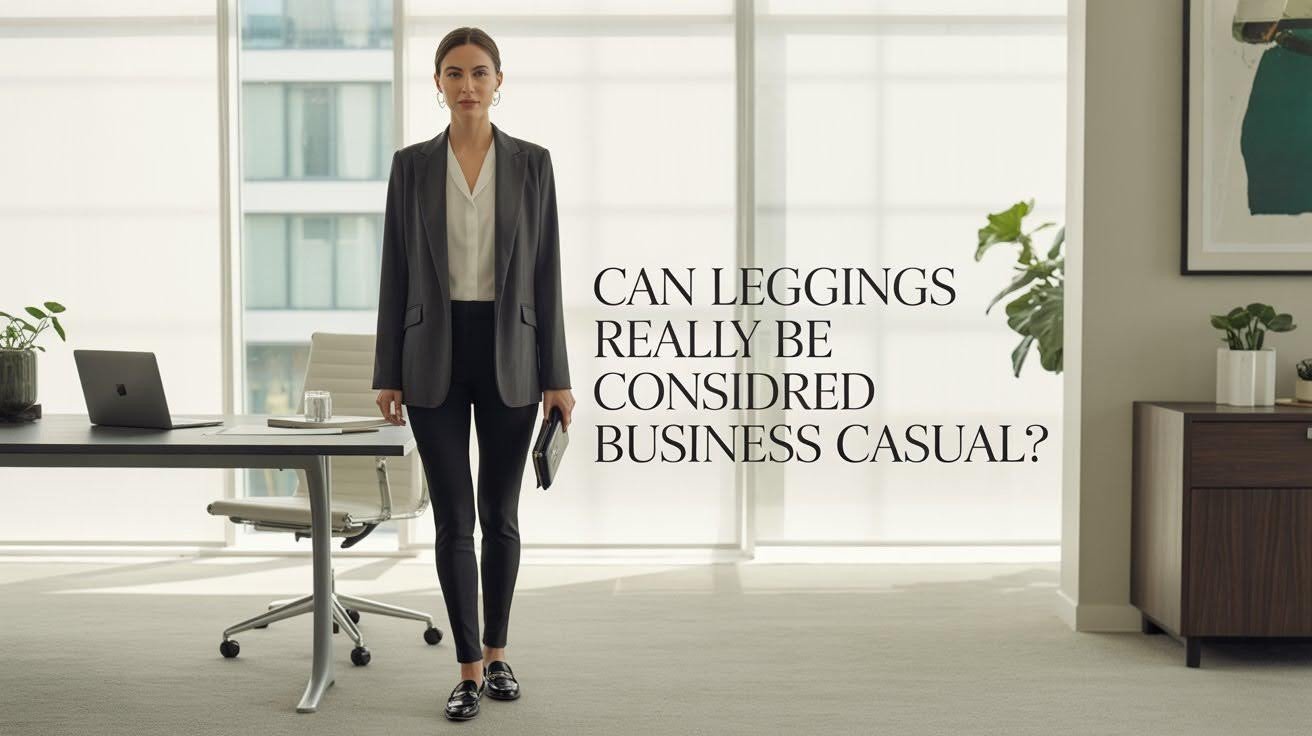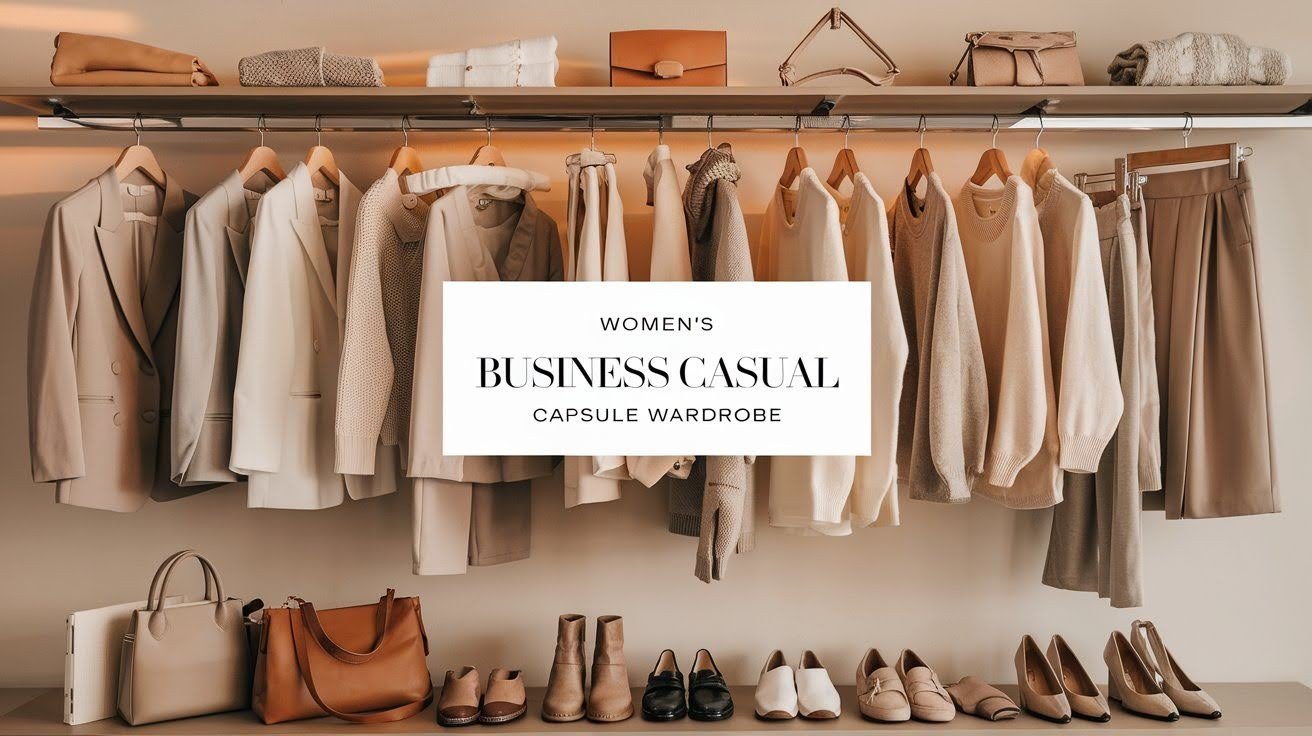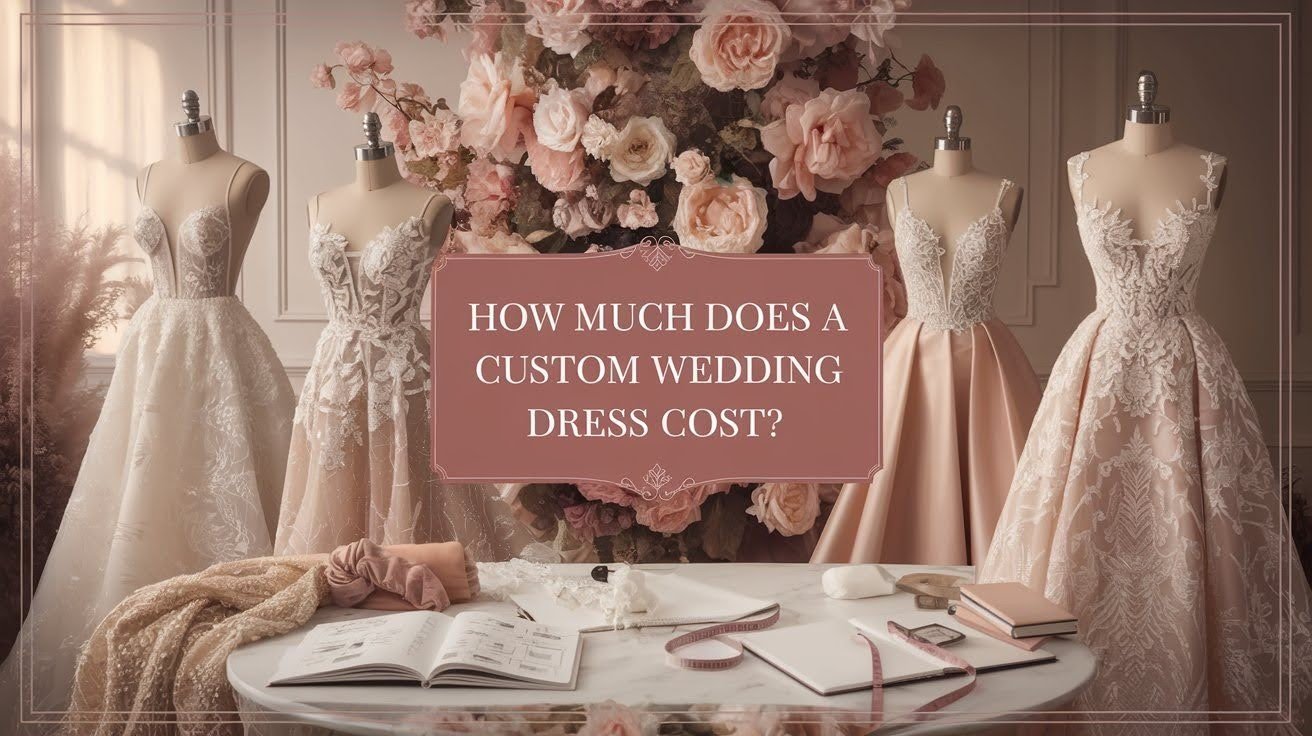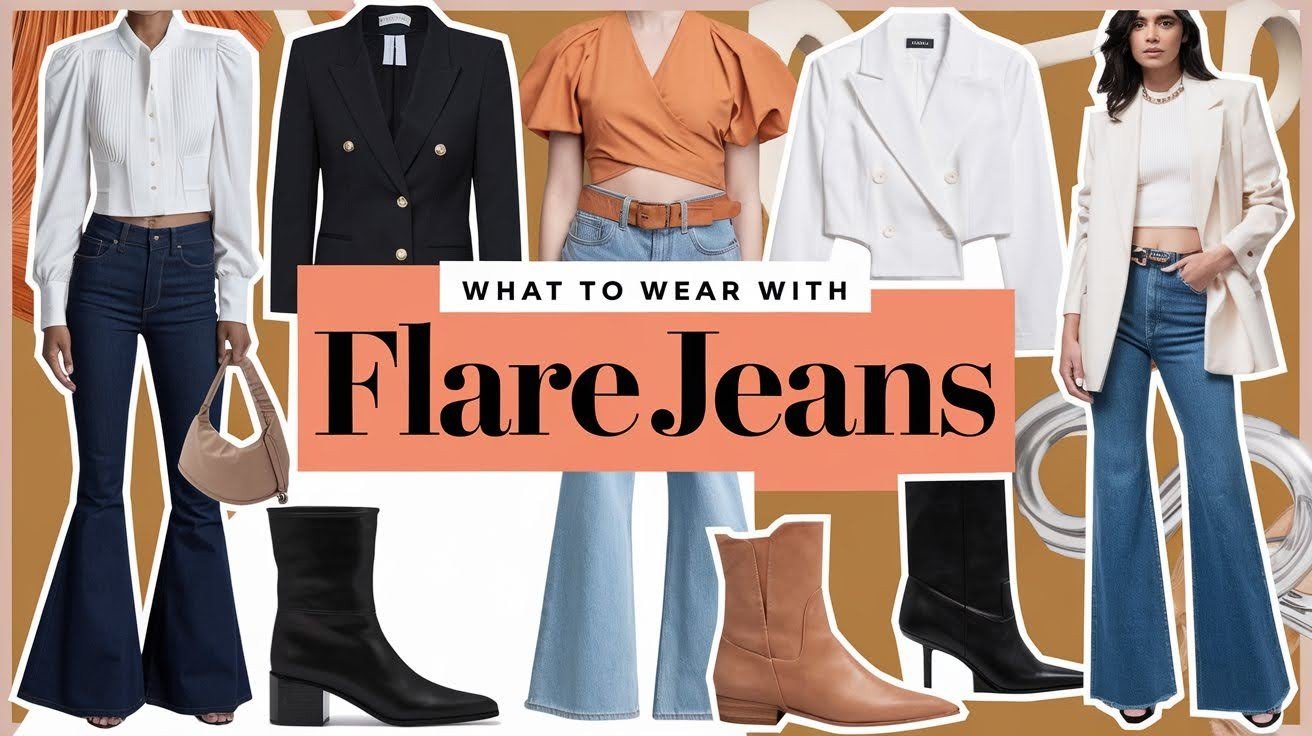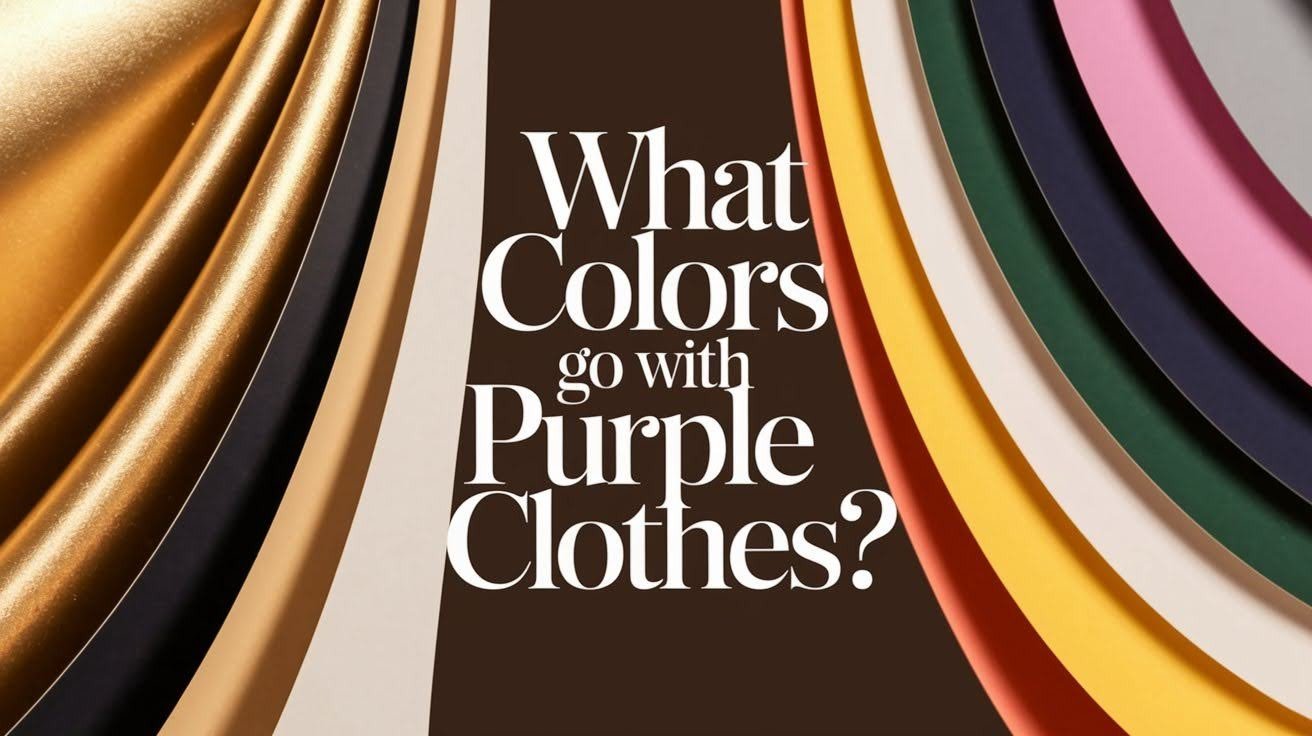Looking for the real story behind Josephine Baker’s fashion legacy? You’re in the right place. I’ve spent years studying fashion history. I know what made Baker truly special. She wasn’t just another performer in pretty clothes. She changed everything.
In this article, you’ll learn about Baker’s most famous looks. I’ll show you how she challenged social norms through fashion. You’ll understand her influence on modern designers and celebrities. More importantly, I’ll teach you how to get her timeless style today.
This isn’t another surface-level fashion article. I’ve researched historical archives, studied vintage photographs, and analyzed her cultural impact. You’ll get the complete story.
By the end, you’ll understand why Baker remains fashion’s most interesting icon. Plus, you’ll have practical tips to channel her style in your own wardrobe.
Let me tell you her incredible fashion story.
Who Was Josephine Baker? A Style Icon Beyond the Stage

Josephine Baker wasn’t just a performer. She was a fashion rebel.
Born Freda Josephine McDonald in 1906, she grew up poor in St. Louis. She faced incredible hardships, working as a domestic servant by age 8 and marrying at just 13. After divorcing at 14, she married William Baker at 15 and kept his last name even after leaving him.
By age 19, she was dancing in Paris clubs. The French fell in love with her talent. She became the first Black woman to star in a major motion picture with “Siren of the Tropics” in 1927.
But here’s what makes her special:
Baker used fashion as her weapon. She challenged every rule about how women should dress. She mixed masculine and feminine styles before anyone else dared.
She made choices that shocked the world.
Her stage costumes became legendary. Think banana skirts and feathered headdresses. Off-stage, she wore fitted suits that made men jealous.
You see, Baker understood something important. Fashion wasn’t just about looking pretty. It was about making statements.
Signature Fashion Moments That Defined Josephine Baker
Let me share her most famous looks. These moments changed fashion history.
The Banana Skirt (1926)

This is probably what you think of first. Baker performed the famous “Danse Sauvage” wearing only a skirt made of 16 rubber bananas.
The designer of this famous skirt is actually disputed. Some sources credit Jean Cocteau, while others say it was artist Paul Colin who created this legendary piece.
Scandalous? Absolutely. Life-changing? Even more so.
This costume challenged ideas about what women could wear, how much skin was acceptable, and the relationship between fashion and performance.
The Tuxedo Change

Here’s where Baker got really radical. She started wearing men’s suits in public.
Imagine this: 1920s Paris. Women barely showed their ankles. Baker strutted down the Champs-Élysées in a perfectly fitted tuxedo.
People stared. Newspapers wrote articles. Fashion changed forever.
The Short Hair Statement

Baker’s slicked-down hair became her trademark. She used Bakerfix (yes, a hair product named after her) to create that sleek look.
This wasn’t just a hairstyle. It was a rebellion. Women were supposed to have long, flowing hair. Baker said no thanks.
Evening Gown Grace

Don’t think Baker only wore shocking outfits. She also mastered classic beauty.
Her evening gowns were beautiful with flowing silk fabrics, dramatic necklines, perfect fitting, and beautiful jewelry choices.
She proved you could be both rebellious and refined.
The Politics of Fashion: Challenging Race and Gender Norms
Baker’s fashion choices weren’t random. They were political statements. In the 1920s, Black performers faced huge limitations. They were expected to dress in certain ways. Baker refused to follow these rules.
Instead, she:
Wore whatever she wanted: Mixed high fashion with performance costumes. Refused to be categorized. Her style challenged racist stereotypes. Fashion magazines had to pay attention to a Black woman’s style choices.
That was groundbreaking.
Breaking Gender Rules
Baker didn’t just challenge racial norms. She smashed gender expectations too.
She wore:
- Men’s suits to fancy parties
- Military-inspired uniforms
- Masculine accessories like suspenders
- Geometric jewelry
Remember, this was the 1920s. Women couldn’t even vote in many places. Baker was rewriting the rules of femininity.
Josephine Baker’s Influence on Modern Designers and Celebrities
Baker’s impact didn’t end in the 1920s. Modern fashion still feels her influence.
Designers Who Drew Inspiration
Jean Paul Gaultier referenced Baker’s androgynous style in multiple collections. His cone bras echo her sculptural approach to fashion.
Thierry Mugler borrowed her theatrical sensibility. His dramatic silhouettes mirror Baker’s stage presence. Christian Lacroix captured her Parisian glamour in his haute couture pieces.
But Baker also influenced the designers of her own time. She wore creations by Madeleine Vionnet and Paul Poiret off-stage. She became a personal friend of Christian Dior and was photographed in the front row of his catwalk show in 1959. In the 1960s, she wore Dior suits to civil rights protests.
Celebrity Followers
You see Baker’s influence everywhere today:
Beyoncé paid tribute with banana-inspired costumes and slicked hair styles in 2006. Lady Gaga channels Baker’s theatrical fashion sense and gender-bending looks.
Rihanna embraces Baker’s “wear whatever you want” attitude. Her 2014 Swarovski crystal dress was a direct homage to Baker’s provocative costumes.
Zendaya often wears menswear-inspired looks that echo Baker’s tuxedo moments.
These stars understand what Baker knew. Fashion is power.
How to Get the Josephine Baker Look Today

Want to channel Baker’s famous style? Here’s how you can do it.
The Essentials
Start with these key pieces:
A well-fitted suit Choose black or navy. The fit is everything. Baker’s suits were perfectly cut. Statement jewelry Think geometric pieces. Art deco styles work perfectly. A sleek hairstyle You don’t need to cut your hair. Use gel or pomade to create that slicked-back look.
Classic evening wear Look for dresses with:
- Clean lines
- Dramatic necklines
- Flowing fabrics
- Minimal embellishment
Modern Shopping Tips
You don’t need designer pieces. Here’s where to find Baker-inspired looks:
- Vintage stores for authentic 1920s pieces
- Men’s sections for perfectly fitted suits
- Art deco jewelry from estate sales
- Classic department stores for timeless evening wear
Styling Secrets
Baker had specific styling tricks:
- Mix masculine and feminine elements Pair a structured blazer with flowing pants.
- Keep makeup simple Red lips and defined eyes. Nothing else.
- Confidence is key. Baker wore everything with complete confidence. That’s the real secret.
Don’t be afraid to stand out Baker never tried to blend in. Neither should you.
Josephine Baker in Photographs and Film: A Visual Fashion Archive

Baker’s style lives on through incredible images. These photos show her fashion evolution.
You can still see her actual costumes today at Château des Milandes, her former home in France, which displays her stage outfits including the famous banana skirt.
Early Paris Years (1925-1930)
The photographs from this period show Baker’s experimental phase. She tried everything:
- Exotic costumes with feathers and beads
- Simple day dresses with surprising details
- Athletic wear that was ahead of its time
- Evening gowns that redefined glamour
The Hollywood Period (1930s)
When Baker tried to break into American films, her style became more polished. Studio photographers captured her in:
- Refined evening wear
- Daytime suits with perfect fitting
- Casual wear that still looked great
- Promotional photos that showcased her versatility
War Years and Beyond (1940s-1970s)
Baker’s later photos show a woman who had found her signature style. She knew what worked:
- Military-inspired outfits during her resistance work
- Sharp suits for public appearances
- Performance costumes that evolved with the times
- Formal wear for her civil rights activism
She even performed at the famous Battle of Versailles fashion show in 1973, proving her fashion influence continued right up until her death in 1975. These images aren’t just fashion documentation. They’re historical records of a woman using style to make statements.
Fashion as a Personal Language: Stories from Josephine’s Life
Every outfit told a story. Baker used fashion to communicate her beliefs and experiences.
The Resistance Fighter
During World War II, Baker worked with the French Resistance as a spy. Her military-inspired outfits weren’t just fashion choices. They were uniforms of rebellion.
She wore practical clothes that allowed her to move freely. But she always added refined touches. A silk scarf. Perfect lipstick. Beautiful shoes. For her brave service, she was named a Chevalier of the Legion d’Honneur, one of France’s highest honors.
Even in wartime, Baker understood the power of looking put-together.
The Civil Rights Activist
In the 1960s, Baker returned to America for the March on Washington. Her outfit choice was deliberate:
A simple, refined Dior suit. No flashy costumes. No theatrical elements. She wanted her words to be heard, not her clothes to distract.
This shows Baker’s fashion intelligence. She knew when to be dramatic and when to be subtle. Even her protest outfits made a statement about respect and dignity.
The Mother and Wife
Baker adopted 12 children from different countries. She called them her “Rainbow Tribe.”
Her family photos show a different side of her style:
- Comfortable but chic everyday wear
- Clothes that could handle 12 kids
- Outfits that were practical yet stylish
- Looks that balanced glamour with motherhood
She proved you could be a fashion icon and a hands-on mom.
Beyond Fashion: Josephine Baker’s Cultural and Social Legacy
Baker’s fashion influence extends far beyond clothes. She changed how we think about:
Identity and Self-Expression
Baker showed us that fashion could be a form of personal freedom. You don’t have to dress according to other people’s expectations. Her message was simple: Wear what makes you feel powerful.
Breaking Barriers
Every outfit Baker wore challenged someone’s idea of what was “appropriate.” She opened doors for:
- Black performers in mainstream fashion
- Women who wanted to wear masculine styles
- People who refused to be categorized
- Anyone who wanted to express themselves through clothes
Fashion as Activism
Baker proved that clothes could be political tools. Her style choices supported her beliefs about:
- Racial equality
- Gender freedom
- Personal expression
- Social justice
Modern activists still use fashion this way. They learned from Baker’s example.
The Legacy Lives On
Today’s fashion world owes Baker a huge debt. She pioneered:
Gender-fluid fashion before it had a name Theatrical runway shows that tell stories Fashion as personal branding for performers Style that challenges social norms
When you see a celebrity wearing a dramatic outfit to make a statement, that’s Baker’s influence.
When a designer mixes masculine and feminine elements, that’s Baker’s legacy. When someone uses fashion to challenge expectations, that’s Baker’s spirit living on.
Conclusion
Josephine Baker proved something important. Fashion is power. She used clothes to challenge racism. She broke gender rules with fitted suits. Her banana skirt shocked the world and changed performance forever. Today’s biggest stars still copy her style. Beyoncé channels her theatrical looks. Rihanna embraces her fearless attitude. Modern designers reference her choices in every collection.
But here’s what matters most for you. Baker’s real message was simple. Wear what makes you feel confident. Don’t follow other people’s rules. Use your style to tell your story. Her fashion legacy lives on because she understood this truth. Clothes should serve you, not control you.
Start with one piece. A well-fitted suit. Statement jewelry. A sleek hairstyle. Channel Baker’s confidence. Make your own fashion rules. That’s how you honor her incredible legacy.
Frequently Asked Questions
What was Josephine Baker’s most famous outfit?
Her banana skirt costume from 1926 is her most famous look. She wore only a skirt made of 16 rubber bananas during her performances at the Théâtre des Champs-Élysées in Paris.
Did Josephine Baker really wear men’s clothing?
Yes, Baker frequently wore fitted men’s suits in public during the 1920s and 1930s. She was one of the first women to make masculine fashion a regular part of her wardrobe, challenging gender norms of her time.
How did Josephine Baker influence modern fashion?
Baker pioneered gender-fluid fashion and theatrical runway presentations that designers still use today. Her mixing of masculine and feminine elements directly influenced modern designers like Jean Paul Gaultier and celebrities like Lady Gaga.
What hair products did Josephine Baker use for her slicked look?
Baker used a hair gel called “Bakerfix” that was actually named after her. She created her signature slicked-down hairstyle using this product, which became so popular it was marketed commercially.
Where can I buy Josephine Baker inspired fashion today?
You can find Baker-inspired pieces at vintage stores, men’s clothing sections, and classic department stores. Look for well-fitted suits, art deco jewelry, and flowing evening gowns with clean lines and dramatic necklines.

